Whether they were cyborgs from the future (such as The Terminator series) or android replicas meant to serve as human replacements (such as Astro Boy), the infamous question has always been whether artificial intelligence was intelligent enough to save humans, serve or replace them. Countless science fiction pieces have touched on this subject and yet have no answers for creative bounds. After all, is art and spirituality not what separates man from animal, man from machine?
In recent years, artificial intelligence (otherwise known as AI) has rapidly improved in traditional domains of art, which complicates our understanding of creativity and aesthetics.
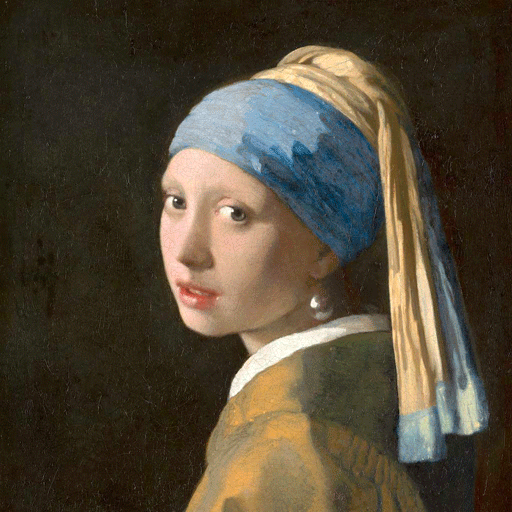
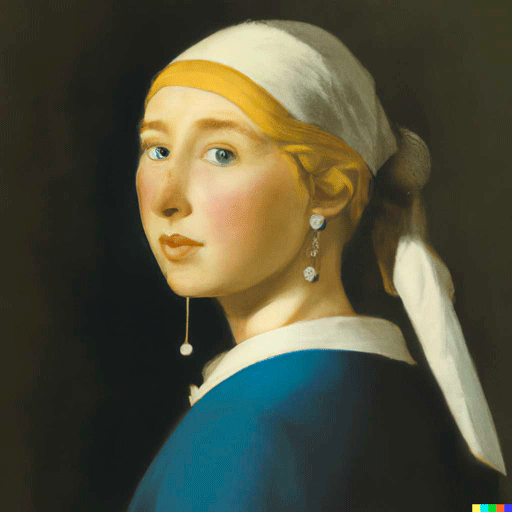
DALL-E was originally made as a simplistic text-to-image model in 2021, with DALL-E 2 released in April 2022. DALL-E 2 is an AI image-generating machine released in early November this year that has gained tremendous popularity among artists and non-artists. It makes realistic images from descriptions in a text box or essentially from its captions. The visuals are named from their captions.
This AI echoes the United Nations Sustainable Development Goal for Sustainable Cities and Communities because technological advances evolve as our “limbs,” and they celebrate a cultural heritage that should be preserved in the digital medium as well.
According to OpenAI, its features include adding and removing elements, taking shadows, reflections and textures into consideration, and creating stylistic variations of an image or painting based on the original. Their interactive how-to video demonstrates how the software uses the process of “diffusion”: they start by taking a pattern of random dots and gradually altering the pattern to make an image by picking up certain aspects of the image.
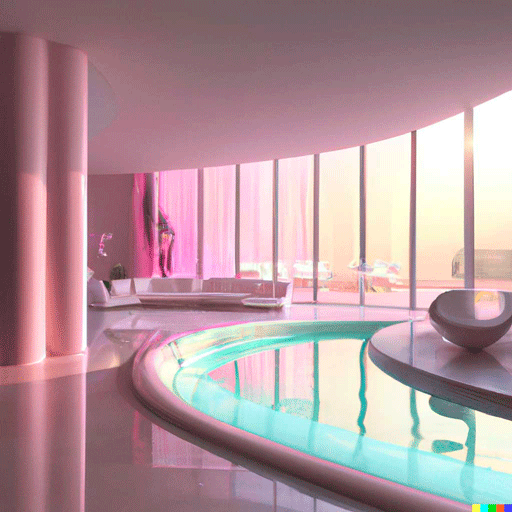
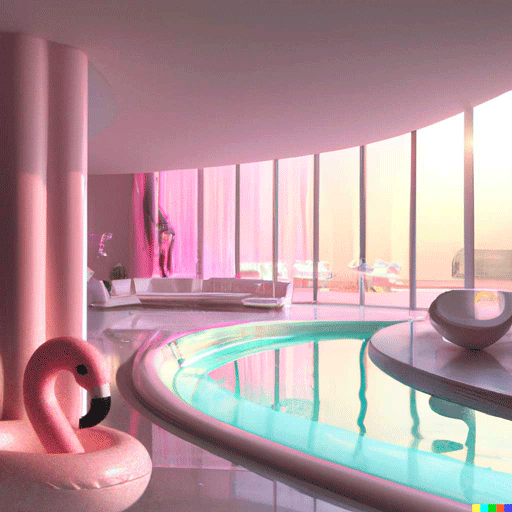
Some of the safety mitigations the creators have taken into consideration are that the software has learned to identify violent, hateful and adult images and cannot generate them. Nor can users generate photorealistic visuals of real peoples’ faces. The moderating team reviewing the software consist of both human and automated systems to study the AI’s capabilities and limitations.
Since the AI takes images from all over the Internet, we cannot name it an artist without giving due credit to the various types of visuals, whether artistic or journalistic or otherwise. In his paper, media and philosophy professor Mark Coeckelbergh says that AI-generated images are associated with the concept of “art,” but fulfill both objective and subjective criteria.
The objective criteria lays out the foundation of rules, or simple tasks by algorithm, for the AI. The AI can draw on patterns and connect the dots to generate an image that follows the objective criteria to make an image. The subjective criteria asks whether or not this image can be deemed “art”—as seen by human eyes.
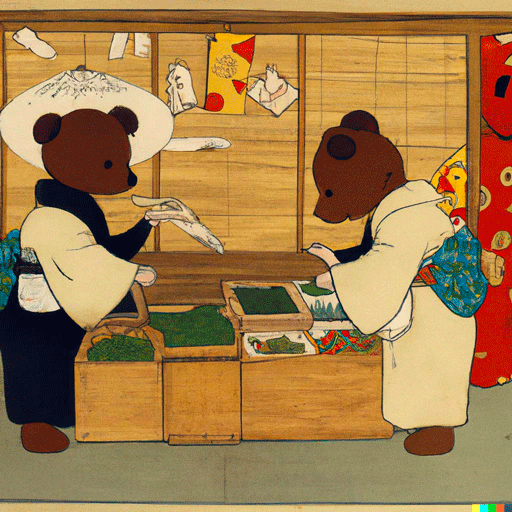
However, the subjective criteria are inherently flawed; they are biased to the beholder, and the process of diffusion and scraping for images from the World Wide Web crosses into problematic territory. While some AI systems show a bias to eurocentric standards of beauty, others may reinforce sexist and racist stereotypes taken from Internet images.
When laid bare, each fiber of the AI’s produced images have come from somewhere out there. Although the end result may be new and striking, the debate is whether or not it can be considered “authentic,” a trait highly prized by human artists. In our attempts to create an intelligent system higher than our own, our biases corrupt the objective nature of the machine.
In his paper, Coeckelbergh describes how the AI-produced images may be considered art, but still relies on human evaluation on its creativity: “...When you create, there is something you express. This ‘something’ is something from yourself, something inner, like an emotion or your authentic self. Moreover, there is an origin, and a work of art is original if it is connected to that origin.”
This “something” forces us to face the deep questions on defining creativity and authenticity head-on, but art is horrific—invoking beauty and awe in striking ways—and is a shared experience between the maker and the beholder. In a TEDx Talk, American art and media philosopher Denis Dutton shines a Darwinian lens on the experience of beauty, saying that “beauty is an adaptive effect, which we extend and intensify in the creation and enjoyment of works of art and entertainment.”
But if beauty, a subjective trait that humans use to evaluate art and other creative spheres, is in the eye of the beholder, it originates in the viewer’s conditioned worldview and experiences.
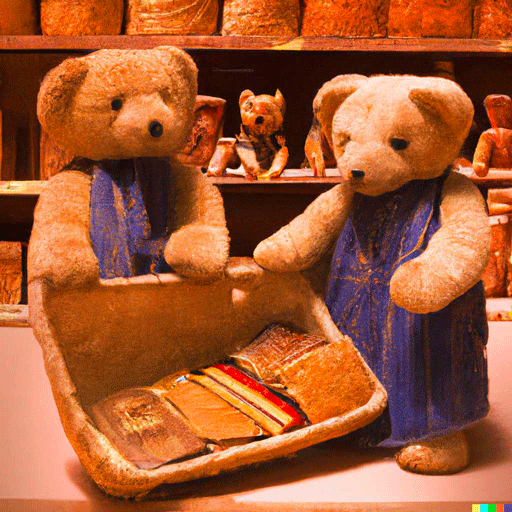
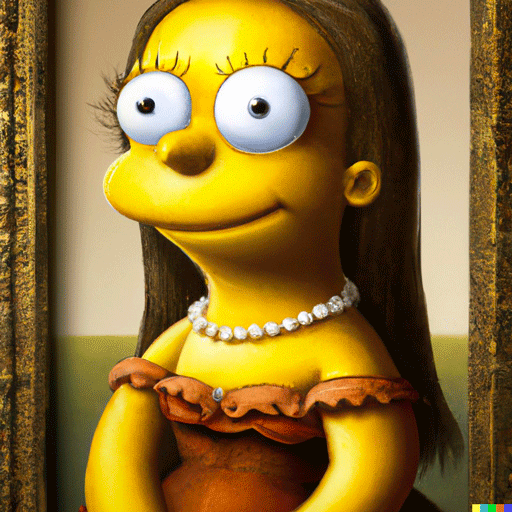
The use of image-making artificial intelligence softwares shows that they are not free from human bias or beauty standards and may reinforce certain stereotypes.
Therefore, DALL-E 2 is one of the prototypes that make image-generation accessible to its users, but the very existence of such a software forces us to confront the indispensable question of the borders of authenticity and creativity and explore the purpose of art-making AI, while we simultaneously explore the course of our humanity.
